Across the United States, certain neighborhoods carry reputations forged by history, hardship, and resilience. These areas often reflect decades of economic decline, uneven investment, and cycles of crime that shaped their present. Yet behind the grim statistics, they remain communities of endurance and hope where families persist, cultures flourish, and transformation slowly unfolds. From Detroit’s worn industrial blocks to New Orleans’ storm-scarred streets, these neighborhoods are reminders that danger and determination often share the same address in America’s urban landscape.
1. Englewood, Chicago, Illinois

Built during the late 1800s as a working-class enclave tied to Chicago’s rail expansion, Englewood once thrived with shops and schools. But the decline of local industry and population flight in the 1960s changed everything. Vacant homes and neglected streets gave way to rising gang presence and drug-related crime. Today, Englewood remains one of Chicago’s most violent areas, though community leaders are steadily reclaiming its spirit through education, youth programs, and small business efforts aimed at rewriting its narrative.
2. East St. Louis, Illinois
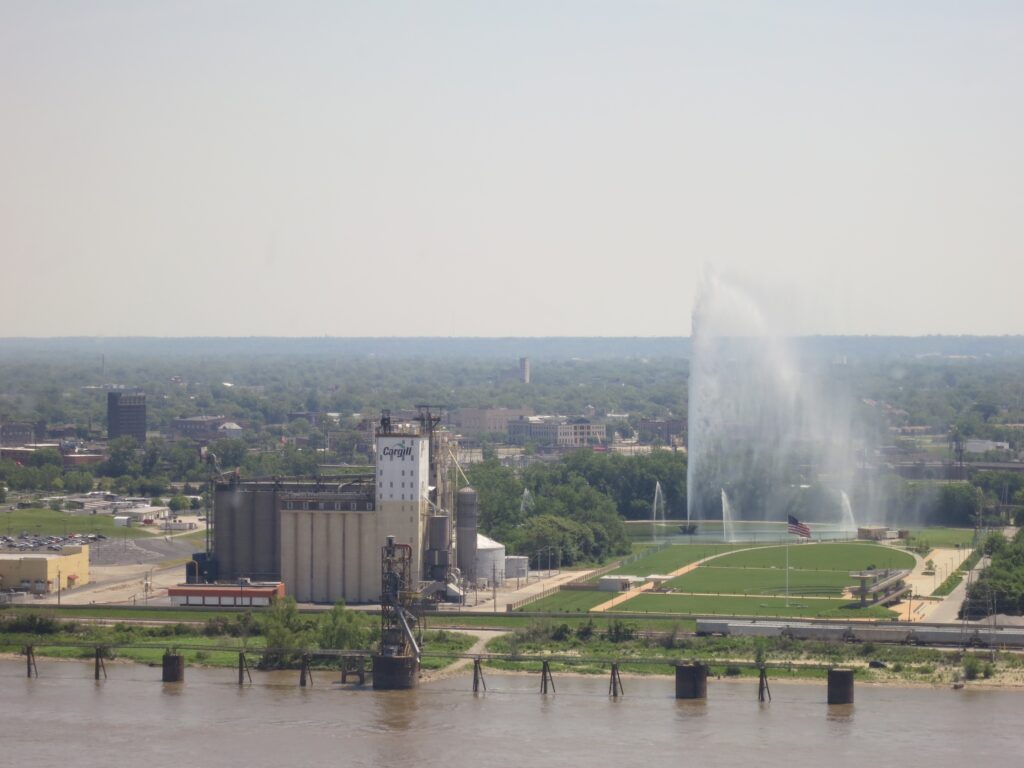
Founded in the early 1870s as a hub for shipping and factories, East St. Louis boomed during America’s industrial rise. But the city’s fortunes collapsed after the 1950s when businesses left and poverty deepened. Crime rates soared amid widespread unemployment, and decades of corruption further eroded trust. Despite its infamy as one of the nation’s most dangerous cities, East St. Louis still holds fierce pride. Residents push for renewal, determined to honor its legacy beyond statistics and headlines.
3. Camden, New Jersey
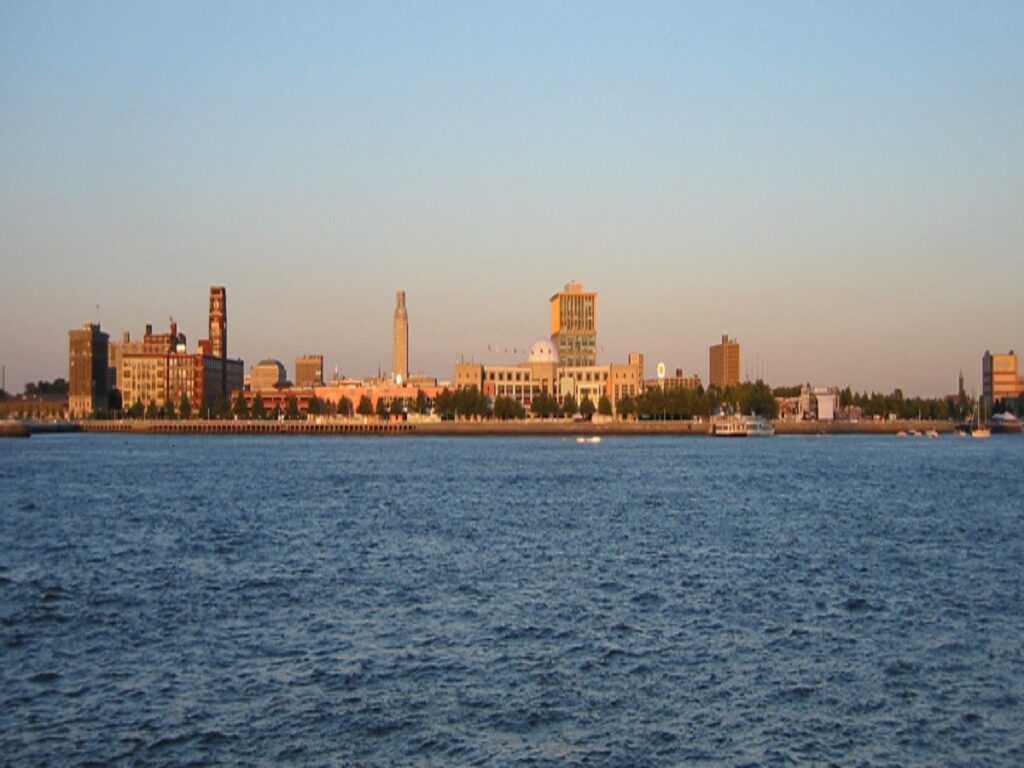
Once a bustling shipbuilding and manufacturing center, Camden grew rapidly in the early 20th century. When factories closed mid-century, jobs vanished and neighborhoods decayed. The 1980s brought a surge in violent crime, fueled by drugs and poverty. For years, Camden topped lists of America’s most dangerous cities. Yet beneath the struggle, revitalization efforts stir murals brighten old warehouses, local entrepreneurs open cafés, and the city’s resilient residents continue striving for a safer, more hopeful Camden.
4. Detroit (Dexter-Linwood), Michigan
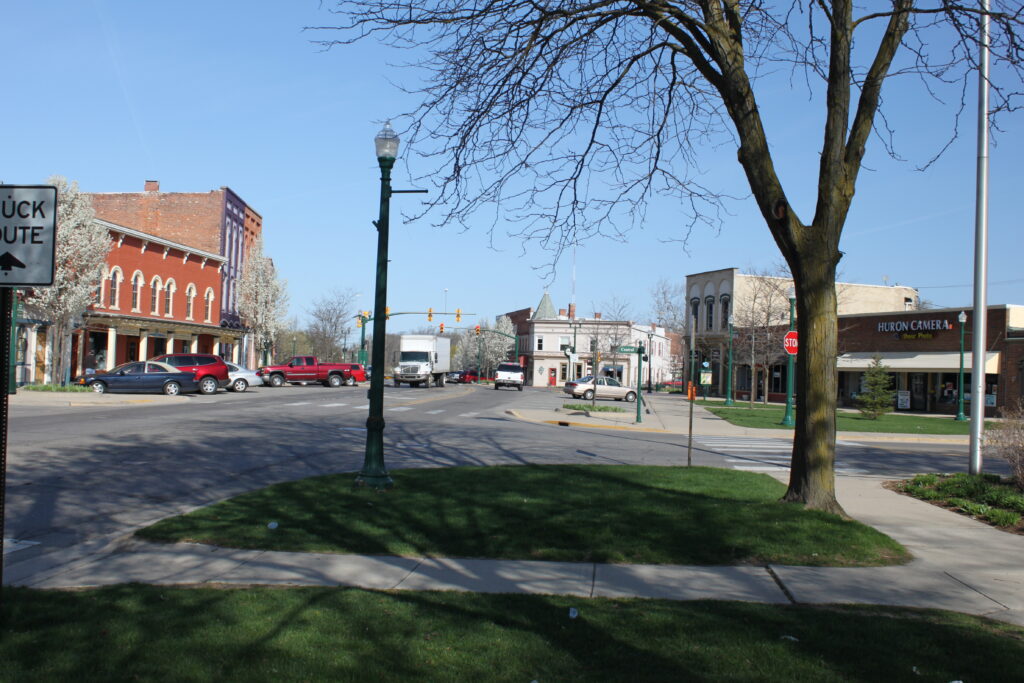
Developed in the 1920s as part of Detroit’s automotive boom, Dexter-Linwood thrived until deindustrialization gutted the city. When factories closed, homes emptied, and crime rose sharply through the 1970s and 1980s. The neighborhood became infamous for drug-related violence, reflecting Detroit’s broader decline. Today, it remains one of the toughest parts of the city, but new housing projects and community patrols are emerging, signaling small steps toward reclaiming safety and pride in its once-thriving streets.
5. Baltimore (Cherry Hill), Maryland
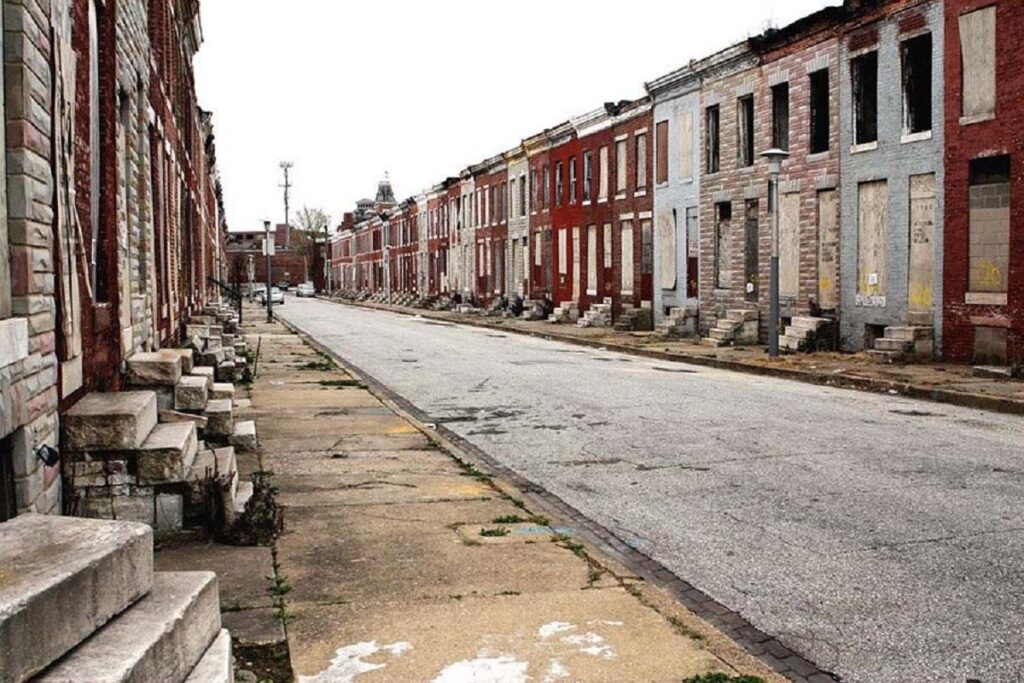
Built in the 1940s as one of the first planned Black communities in Baltimore, Cherry Hill carried strong family roots but faced systemic neglect and housing isolation. By the 1980s, limited opportunities and the rising drug trade led to high crime rates. Violence once defined its streets, yet Cherry Hill also birthed powerful community groups and mentorship programs. Today, redevelopment and youth initiatives aim to restore hope, though the scars of decades past still shape daily life for many residents.
6. St. Louis (The Ville), Missouri
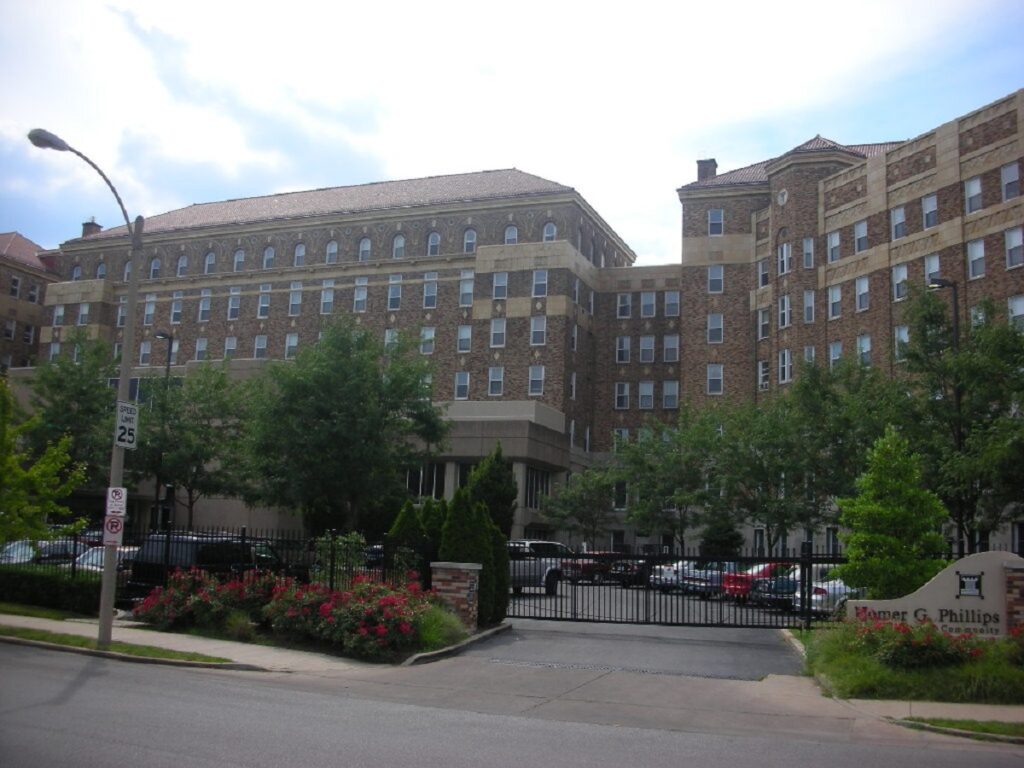
The Ville was once a thriving center for Black culture in St. Louis, home to educators, musicians, and professionals during the early 1900s. But when segregation ended, many families moved away, leaving behind economic voids and rising crime. By the 1990s, shootings and drug activity haunted the area. Efforts now focus on restoring historic homes and celebrating their cultural legacy, reminding the city that even the most troubled streets can hold deep roots of greatness.
7. Cleveland (Kinsman), Ohio
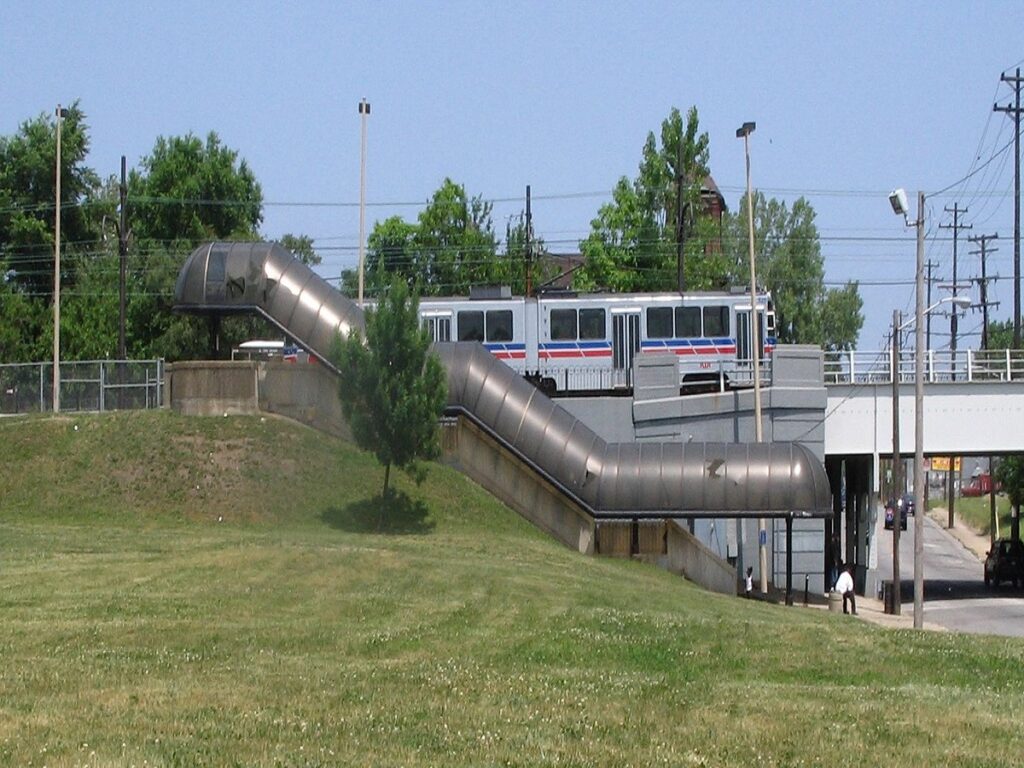
Kinsman developed in the early 1900s as a blue-collar neighborhood filled with factory workers and families chasing stability. When Cleveland’s steel industry collapsed, unemployment and poverty spread fast. By the late 20th century, gang violence and drug-related crimes overwhelmed the area. Still, residents remain loyal to their community. Local churches and youth programs now push back against decades of hardship, creating a slow but visible shift toward rebuilding safety and civic pride in Kinsman.
8. New Orleans (Central City), Louisiana
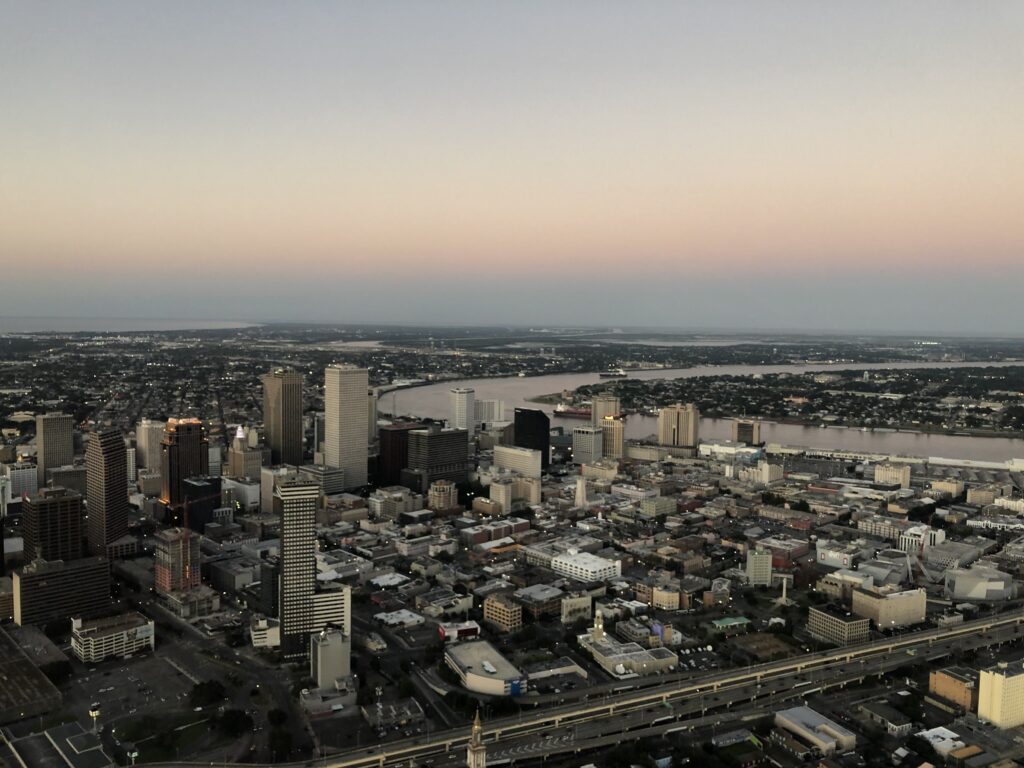
Central City’s story stretches back to the 1800s, once known for its jazz clubs and vibrant Black culture. After years of urban neglect and the devastation of Hurricane Katrina, it became one of New Orleans’ most crime-ridden areas. High poverty rates and limited policing deepened its struggles. Yet murals, music, and grassroots activism still pulse through the streets. New community centers and housing initiatives aim to balance heritage with healing, proving Central City’s spirit refuses to fade.
9. Memphis (Orange Mound), Tennessee
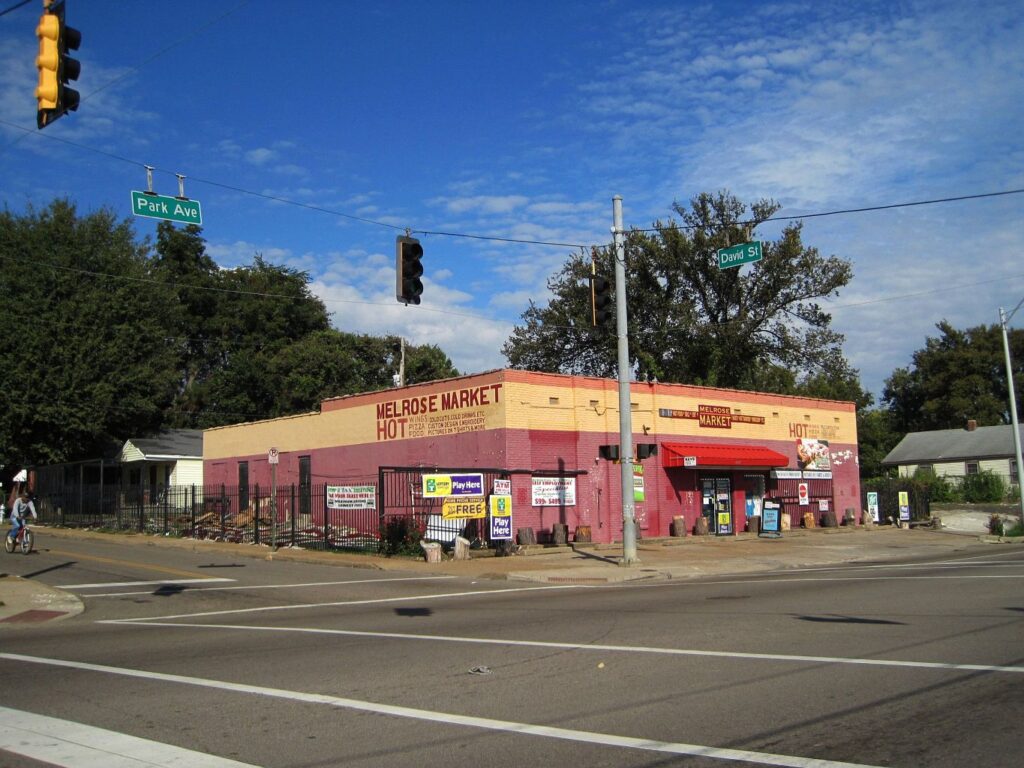
Founded in the late 1800s, Orange Mound was America’s first African American neighborhood built by and for Black families. Once prosperous, it began declining in the 1970s as economic disinvestment and drugs tore through the community. For years, violent crime plagued its blocks. Today, Orange Mound balances pride with pain; its residents remain committed to preserving its deep cultural roots while working tirelessly to make its streets safer for the next generation of dreamers.
10. Atlanta (Vine City), Georgia
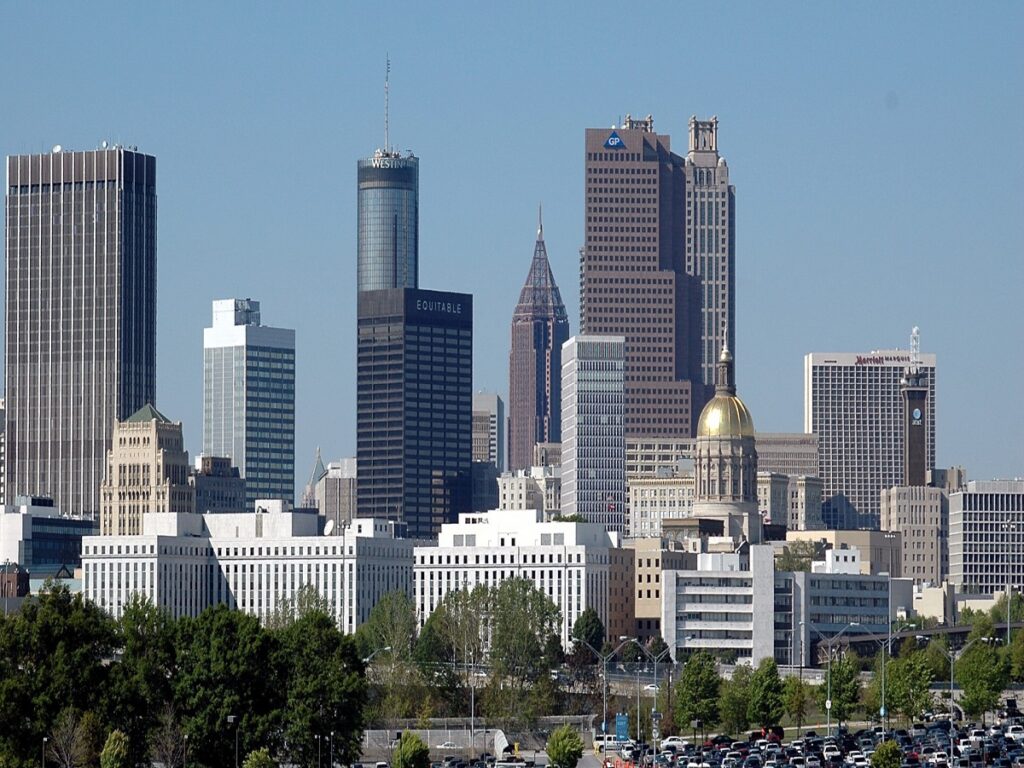
Established in the late 1800s, Vine City was home to many civil rights leaders and once thrived as a middle-class Black neighborhood. But after the 1960s, redlining, disinvestment, and unemployment took their toll. By the 1990s, violent crime and drug activity made it one of Atlanta’s most dangerous spots. Despite this, Vine City’s proximity to downtown has sparked renewal efforts new parks, housing, and historic preservation, offering glimmers of hope amid its long fight for revival.
11. Philadelphia (Kensington), Pennsylvania
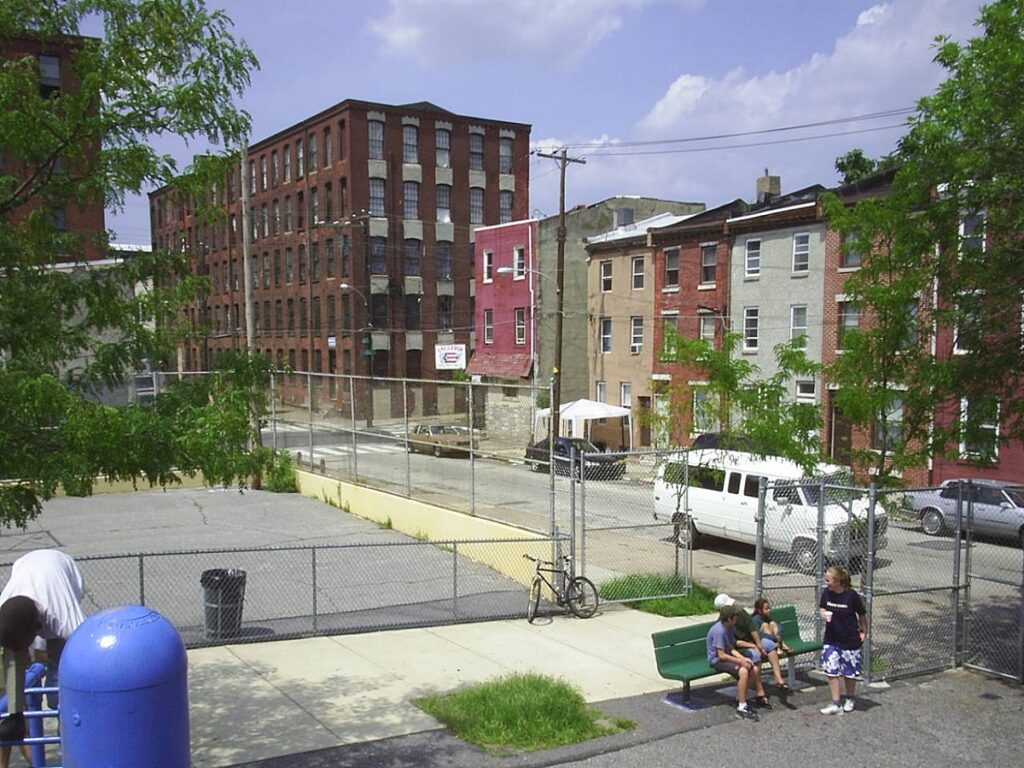
Originally built in the 19th century as an industrial hub for textile and steel workers, Kensington flourished until factories closed in the 1950s. The economic collapse gave rise to drugs and homelessness, turning the area into one of America’s most notorious open-air drug markets. Crime rates soared, but even here, compassion persists. Neighbors run cleanup drives and recovery centers, seeking to reclaim their blocks from despair and redefine Kensington’s future through unity and endurance.
12. Compton, California
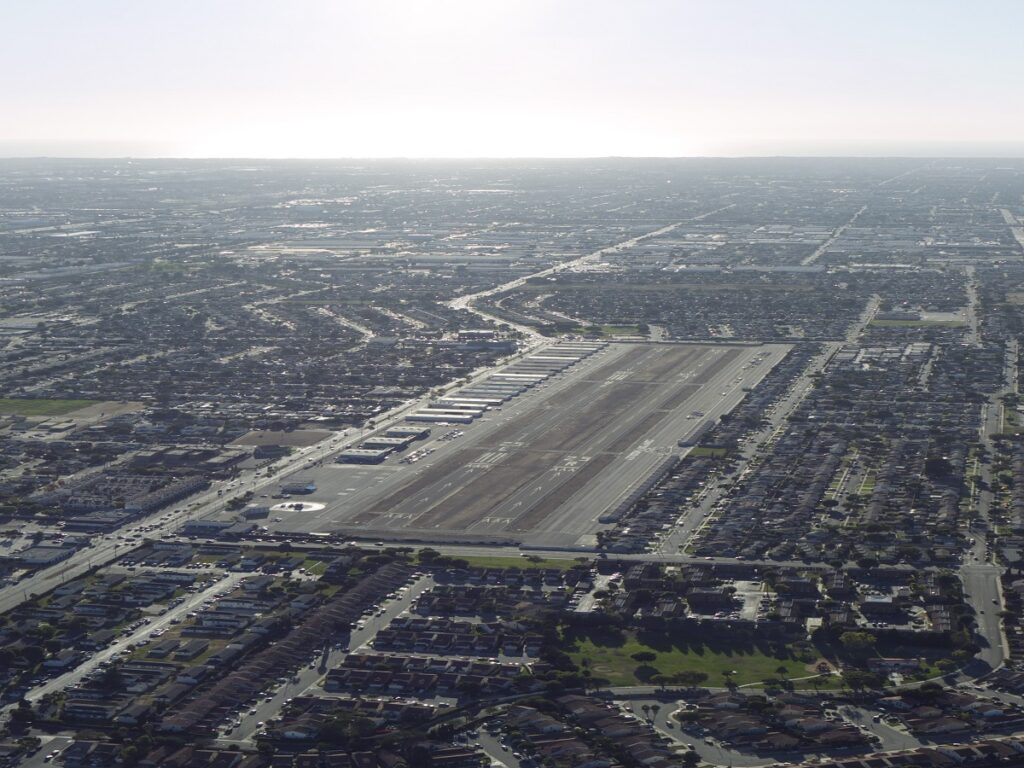
Compton was founded in 1888 and grew rapidly after World War II, attracting working families from across the country. But by the 1980s, gang violence and crack cocaine epidemics transformed it into a national symbol of urban crime. Despite its reputation, Compton is also a city of revival; its residents push back with art, culture, and reform. Once feared for danger, it now represents resilience, reminding America that recovery can rise from even the hardest ground.
13. Birmingham (Ensley), Alabama
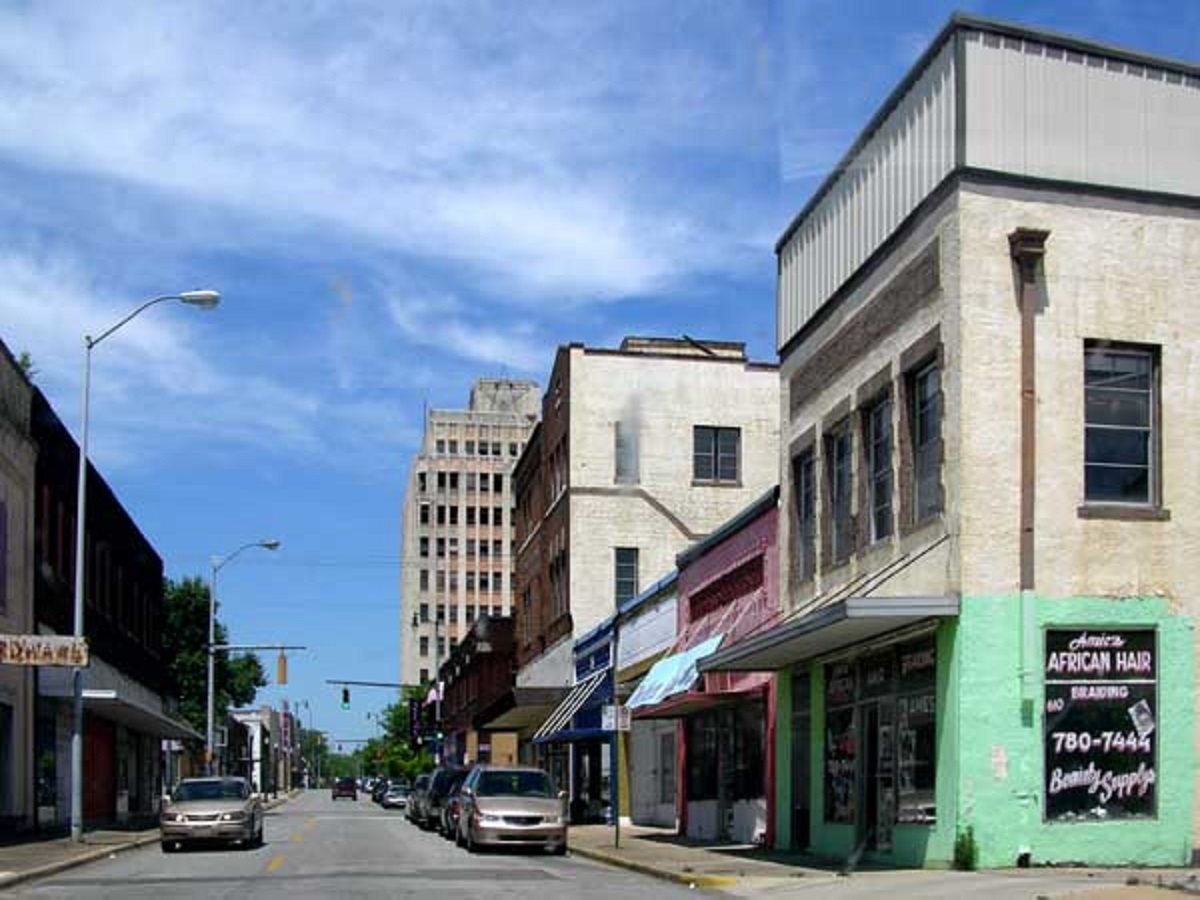
Developed around 1887 as a steel town, Ensley thrived during Birmingham’s industrial age. When mills closed mid-century, poverty and crime surged, and the neighborhood’s once-bustling streets fell silent. By the 1990s, violence and neglect overshadowed its proud past. Today, local faith groups and nonprofit leaders are slowly bringing Ensley back, restoring old homes and fostering hope among longtime residents who never stopped believing in the heart that built their neighborhood.
14. Oakland (East Oakland), California
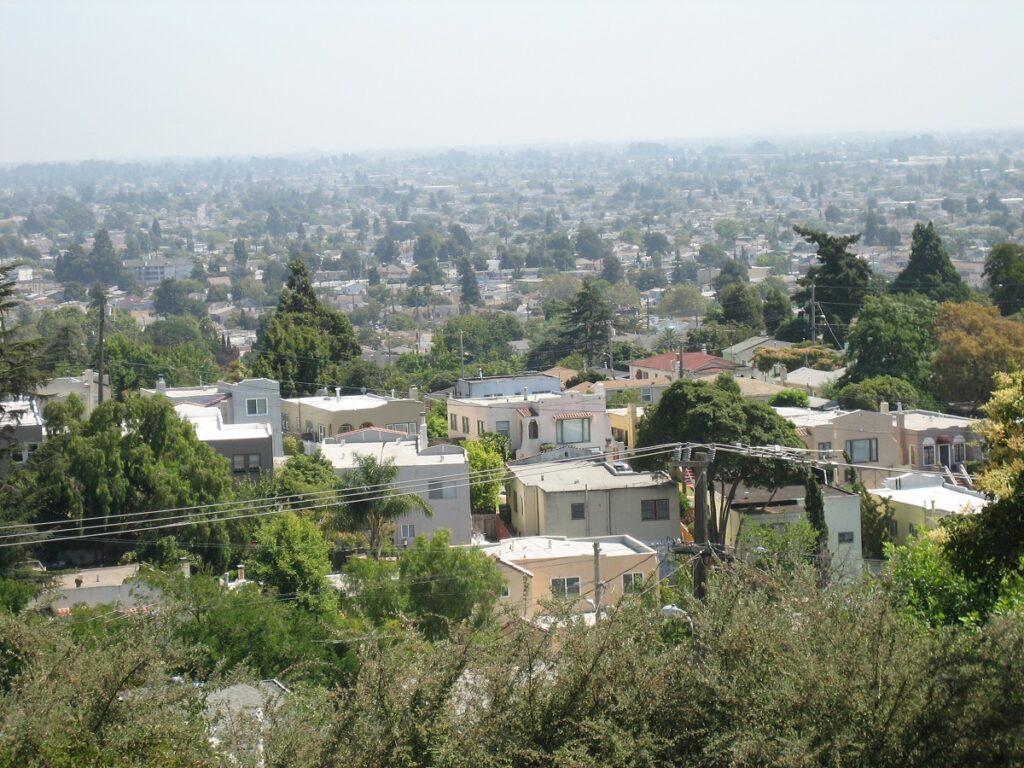
East Oakland took shape in the early 1900s as working-class housing for factory and dock workers. By the 1970s, unemployment and drugs fueled decades of gang conflict. Violent crime remains high, but East Oakland is changing new gardens, youth art programs, and cultural festivals reclaiming community pride. It’s a neighborhood of contrasts: danger and creativity coexist, and its people continue to shape one of California’s most complex yet fiercely united urban communities.
15. Washington, D.C. (Anacostia), District of Columbia
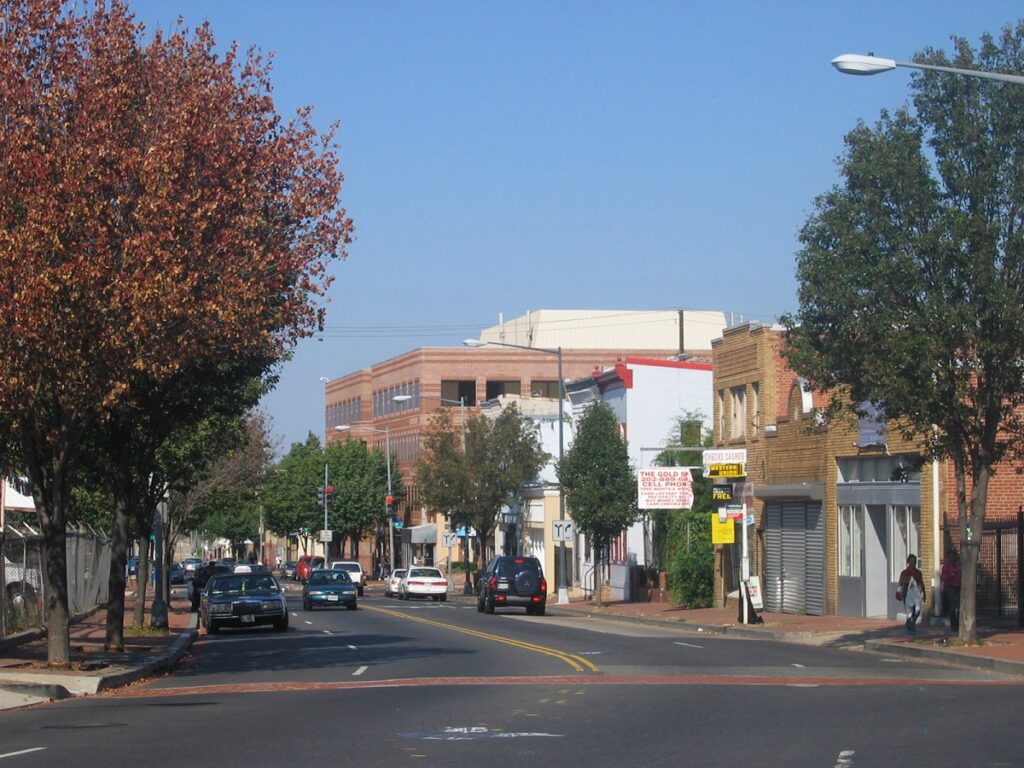
Developed in the mid-1800s as one of D.C.’s earliest suburbs, Anacostia later faced decades of redlining and economic isolation. The 1980s brought rising crime, and for years it ranked among the capital’s most violent zones. Yet beneath that history lies a strong sense of identity. Artists, activists, and educators now lead its revival, restoring historic buildings and empowering youth programs that aim to transform Anacostia from a symbol of struggle into a beacon of community strength.
Comments